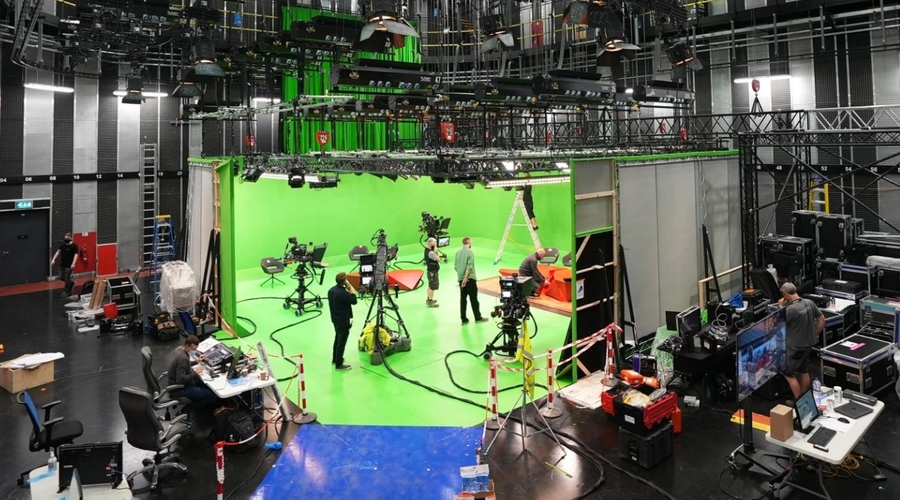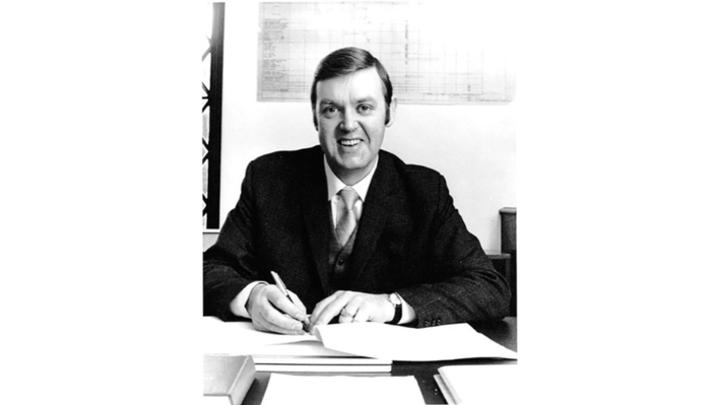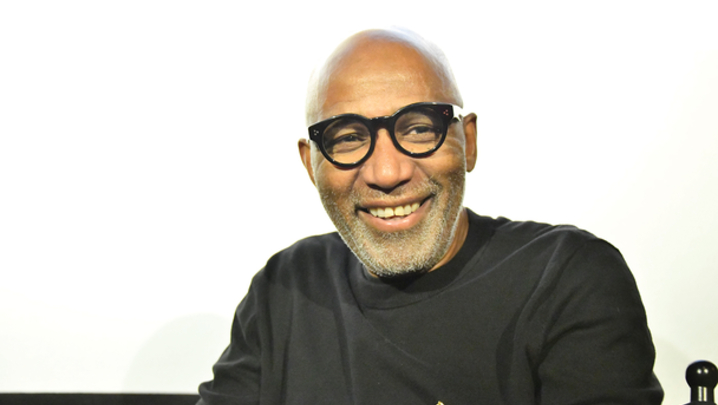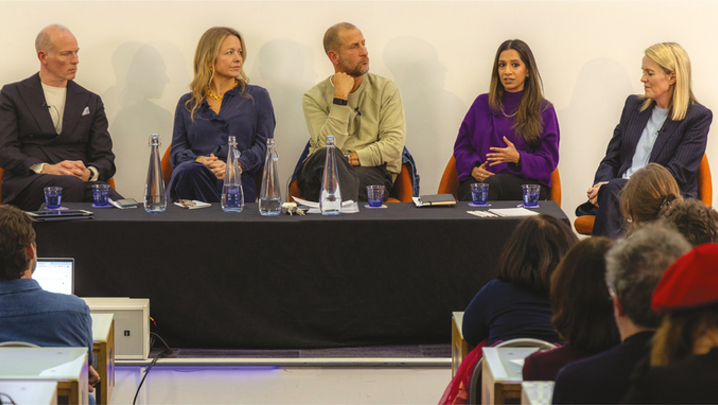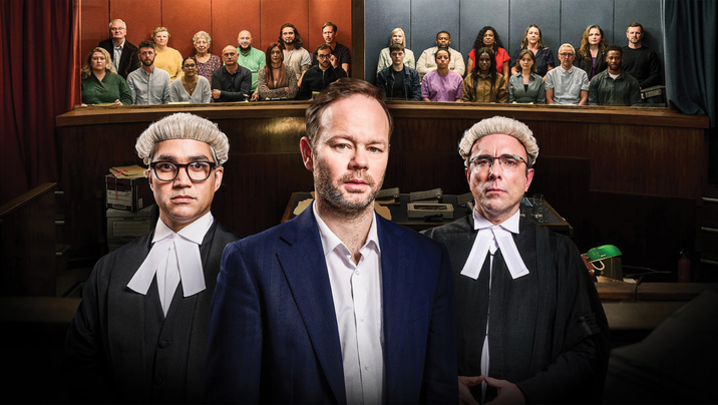Immediately before the awards ceremony, the RTS centre hosted an event ‘The future of broadcast is virtual’, featuring Florian Gallier, Mo-Sys product manager for remote production and image robotics, and Gideon Ferber, broadcast product director at Disguise.
‘Virtual production is not new – it’s been used since the mid-1990s in the broadcast industry…. What is new is that everything can be done in real-time on a consumer-grade computer, and this is really changing things,’ said Gallier.
It can be cheaper than building conventional sets and there are environmental benefits, added Gallier, ‘when we are travelling less and shipping less equipment, we are also reducing our carbon footprint’.
Recent examples of sets augmented virtually include: Strictly Come Dancing during the Covid-19 pandemic, when audiences were absent; and the BBC’s coverage of the Tokyo Olympics and Beijing Winter Olympics, which were based (with travel curtailed by the pandemic) in Salford.
Ferber, apologising in advance for the comment, noted that the pandemic was ‘probably the best thing that has happened to virtual production. It expedited every single project that was on the table – everything that we planned for three or five years, happened within six months, 12 at the most.’
LED video walls have become very popular over the past two years and have advantages for presenters and actors over green-screen technology. ‘You can see everything you need to interact with,’ explained Ferber. So, were green screens on the way out? ‘Over time, as LED walls become more accessible budget-wise, I think we’ll see a big growth in their use.’
‘I don’t think green screen will completely disappear,’ said Gallier. ‘Green screen is cheaper and, for a lot of shots, it’s easier to use.’

